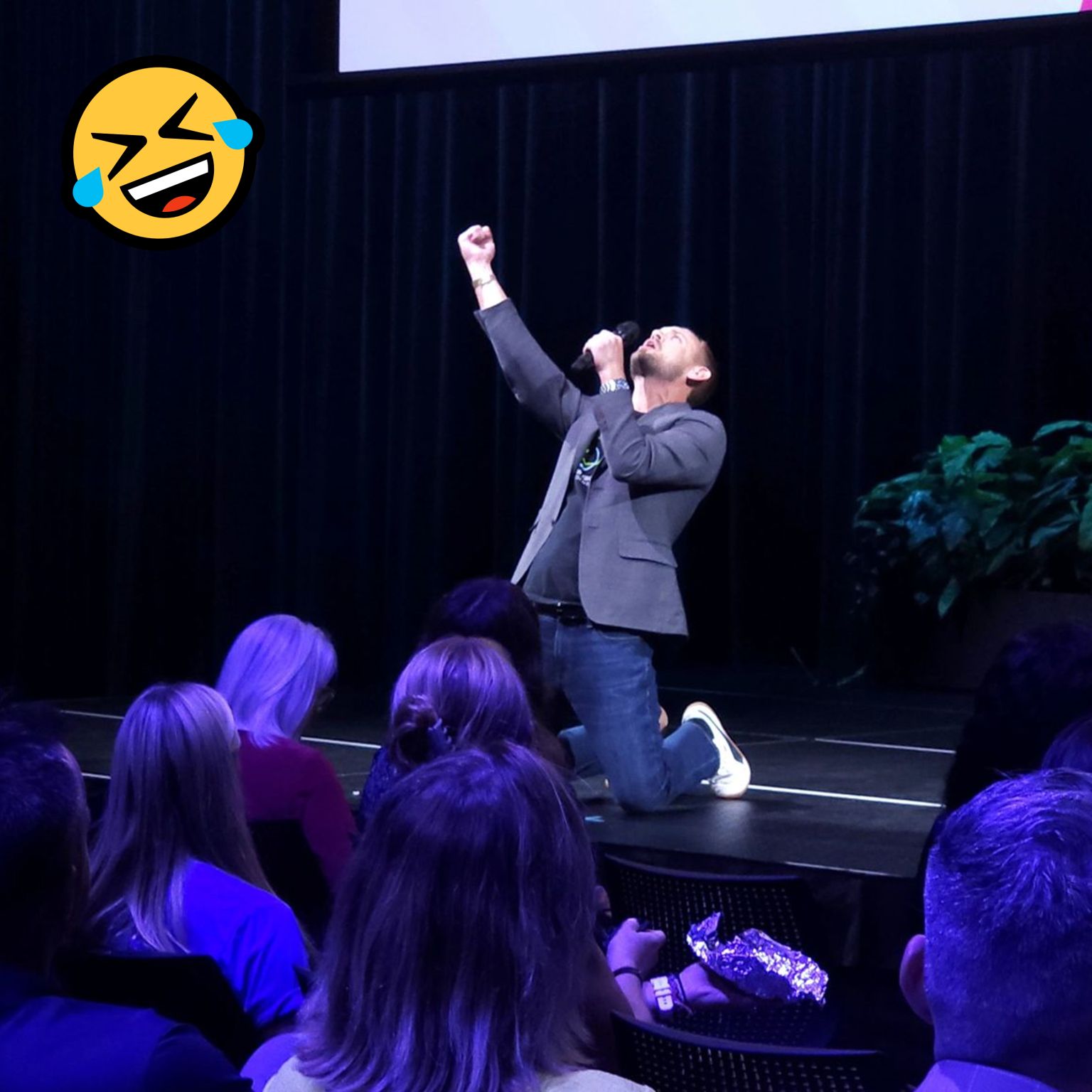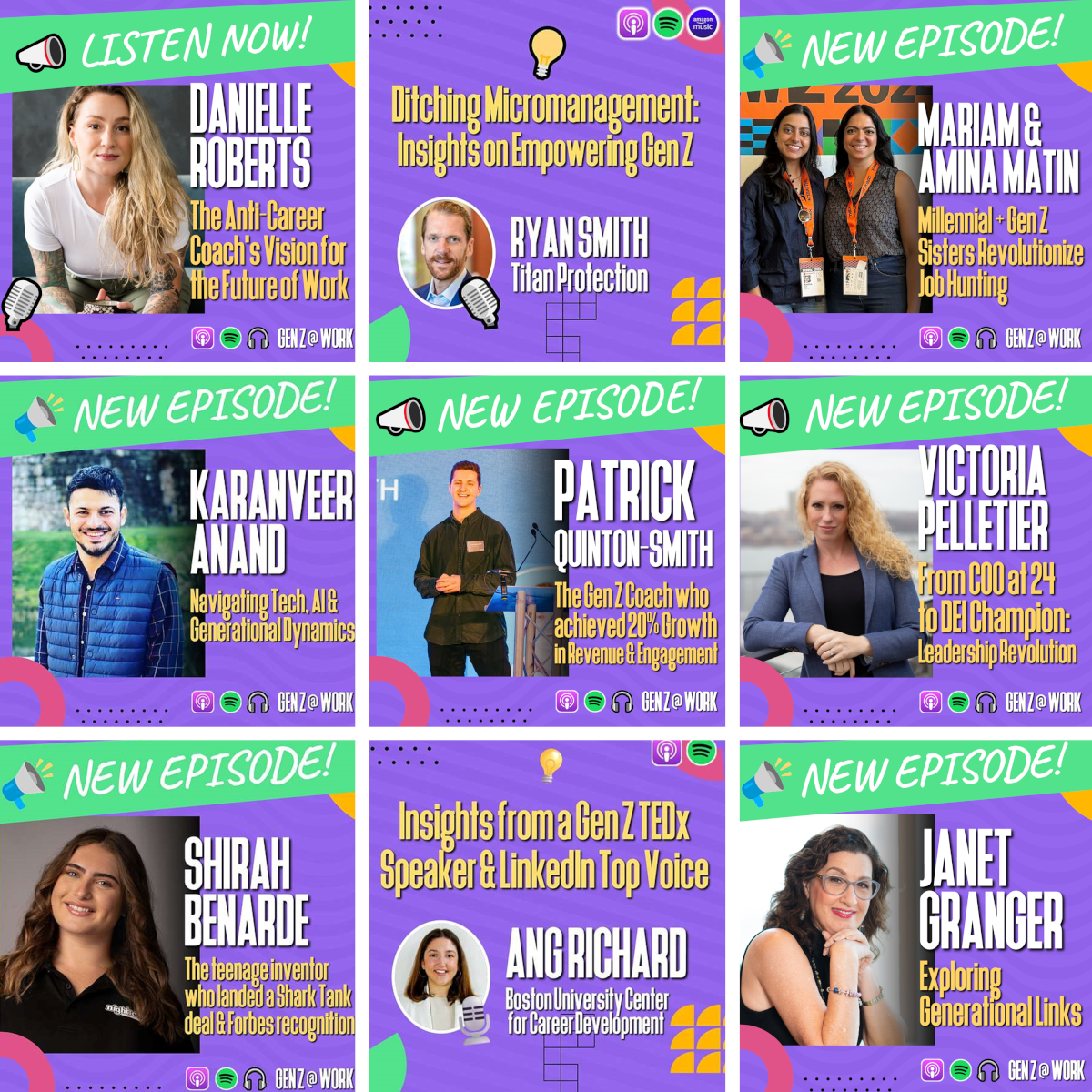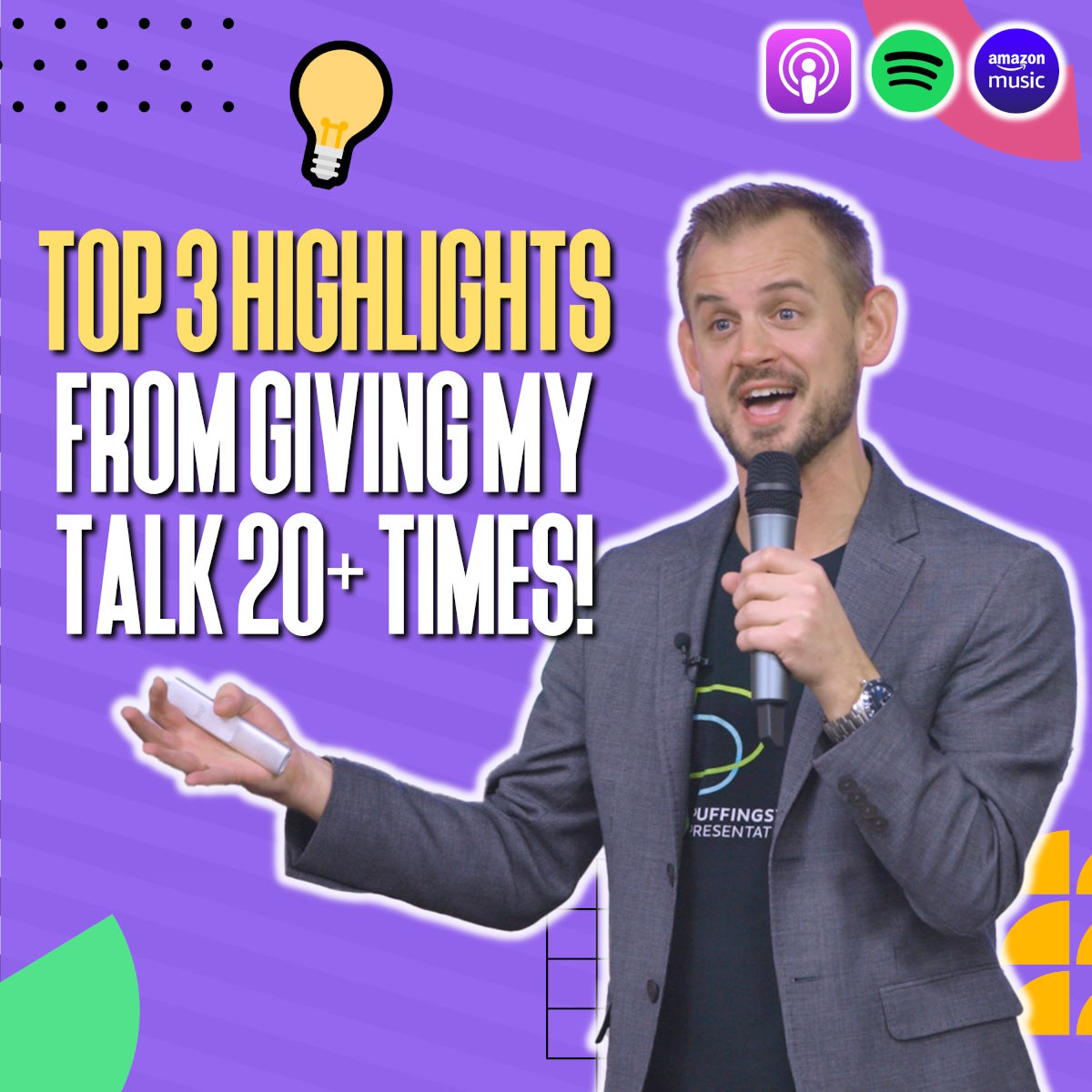In today’s dynamic workplace, effective communication is the cornerstone of success. However, as generations evolve, so do their communication preferences, often leading to misunderstandings and generational clashes. Gen-Z, the demographic cohort succeeding Millennials, is often characterized by their digital fluency and preference for informal, concise communication. This can sometimes leave older generations baffled, wondering why Gen-Z seems to shun traditional forms of communication like phone calls and emails.
Navigating the Communication Landscape
“What’s the deal with Gen-Z’s communication style?” is a common question posed by managers and leaders who find themselves struggling to connect with their younger workforce. The perceived reluctance of Gen-Z to engage in traditional communication methods can lead to frustration and a sense of disconnect. However, it’s important to recognize that these differences in communication preferences are not necessarily indicative of a lack of professionalism or intent.
Gen-Z has grown up in an era of rapid technological advancement, where instant messaging platforms, social media, and video conferencing have become the norm. They are accustomed to fast-paced, asynchronous communication, often preferring to exchange brief messages rather than lengthy emails or phone calls. This preference stems from their comfort with technology and their desire for efficiency in their interactions.
Embrace the Opportunity for Growth
Instead of viewing Gen-Z’s communication style as a hindrance, it’s crucial to recognize it as an opportunity for growth and adaptation. Organizations that embrace the changing landscape of communication can reap significant benefits, including:
-
- Enhanced understanding and connection with Gen-Z employees: By understanding their preferred communication styles, organizations can create a more inclusive and engaging work environment, fostering trust and collaboration.
-
- Improved communication efficiency: Gen-Z’s preference for concise and direct communication can streamline processes and reduce misunderstandings, leading to increased productivity.
-
- Greater adaptability to the future of work: As technology continues to evolve, organizations that embrace Gen-Z’s communication style will be better positioned to adapt to the changing demands of the workforce.
- Greater adaptability to the future of work: As technology continues to evolve, organizations that embrace Gen-Z’s communication style will be better positioned to adapt to the changing demands of the workforce.
Strategies for Bridging the Generational Gap
To effectively communicate with Gen-Z employees, organizations can implement several strategies:
-
- Embrace messaging platforms: Integrate messaging platforms like Slack or Microsoft Teams into the company’s communication channels, allowing Gen-Z employees to interact in a way that feels natural to them.
-
- Promote asynchronous communication: Encourage employees to adopt asynchronous communication practices, such as using email and messaging platforms for non-urgent matters. This allows Gen-Z employees to respond at their own pace, without feeling pressured to engage in real-time conversations.
-
- Provide communication training: Offer workshops or training sessions to educate Gen-Z employees on effective communication practices in the workplace, emphasizing the importance of adapting their communication style to different audiences and situations.
-
- Encourage open dialogue: Foster a culture of open dialogue and feedback, where Gen-Z employees feel comfortable expressing their communication preferences and concerns. This will help organizations tailor their communication strategies accordingly.
- Encourage open dialogue: Foster a culture of open dialogue and feedback, where Gen-Z employees feel comfortable expressing their communication preferences and concerns. This will help organizations tailor their communication strategies accordingly.
By adopting these strategies, organizations can effectively bridge the communication gap with Gen-Z employees, creating a more collaborative and productive work environment that benefits all generations.
References:
Deloitte. (2022, January 4). Bridging the generational divide: How to attract, retain, and develop Gen Z talent. Retrieved from https://hbr.org/2022/12/3-strategies-to-bridge-generational-divides-at-work
Pew Research Center. (2022, March 3). Gen Z is now the largest generation in the U.S. Retrieved from https://www.pewresearch.org/topic/generations-age/generations/generation-z/
The Myers-Briggs Company. (n.d.). Communication styles: Understanding how people communicate. Retrieved from https://www.psychometrics.com/myers-briggs-type-and-leadership-communication/
University of California, Berkeley. (n.d.). Effective communication across generations: Bridging the generational gap in the workplace. Retrieved from https://courses.lumenlearning.com/wm-businesscommunicationmgrs/chapter/working-across-generations/






